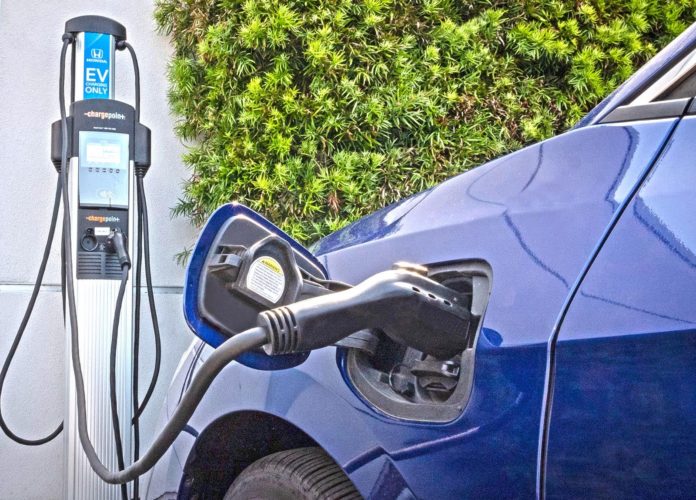Since its founding three-quarters of a century ago, Honda Motor Co. has been “fiercely independent,” but times are changing, said a senior executive. The Japanese automaker faces growing pressure to eliminate carbon emissions, and it is reaching out for help to make some dramatic changes in its product strategy.
Lagging well behind EV leaders like Tesla, Ford, Volkswagen and General Motors, Honda is just ramping up its battery-electric vehicle program, and under its new CEO will rapidly accelerate the number it plans to bring to market. But the third-largest Japanese automaker won’t walk away from its familiar hybrids, said Jay Joseph, head of Honda’s new Sustainability & Business Development unit. If anything, it sees growing potential for hydrogen fuel-cell technology.
Despite its traditional independence, “We will have to have partnerships, we will have to have alliances because the future is going to be very different from the past,” said Joseph during a meeting with reporters at the Honda suite during the Detroit Grand Prix last weekend.
An expanding alliance
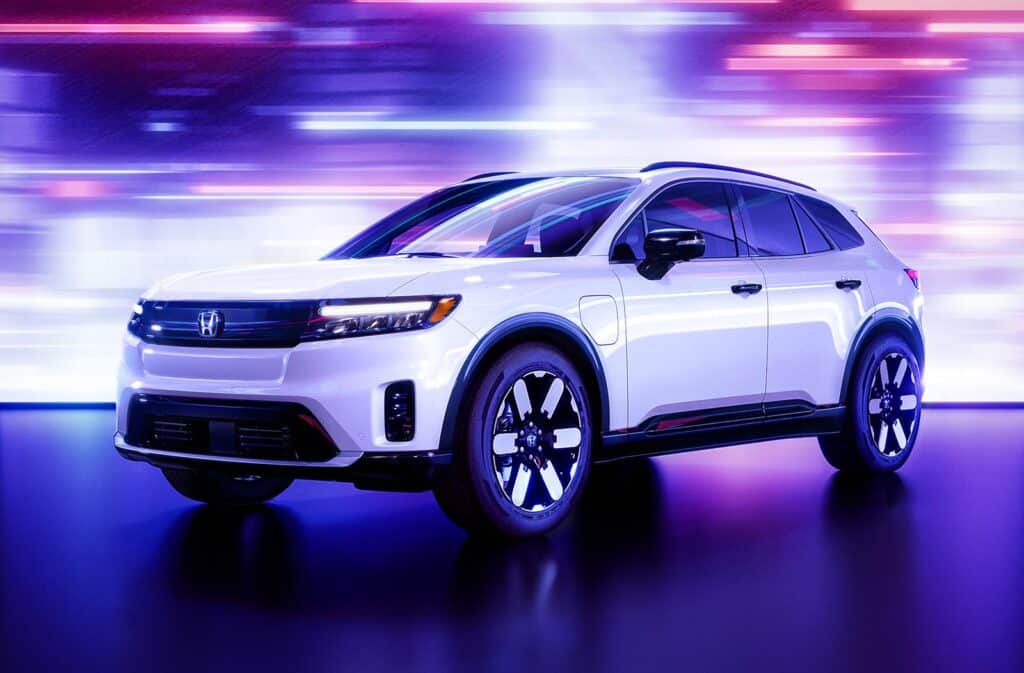
The most significant of those alliances team Honda with erstwhile rival General Motors:
- Honda’s first long-range EV, the Prologue, will debut next year, followed shortly afterwards by the Acura ZDX. Both models are based on GM’s new Ultium technology, shared with products like the Cadillac Lyriq and upcoming Chevrolet Blazer;
- The two manufacturers are partnering on the development of hydrogen technology and plan to manufacture next-generation fuel-cell stacks at a GM plant in suburban Detroit;
- Honda also has taken a stake in GM’s autonomous vehicle subsidiary, the San Francisco-based Cruise.
The two companies also signed a memorandum of understanding to develop EVs targeting the sub-$30,000 segment, helping address one of the biggest concerns about battery-electric vehicles, their high cost. Several industry insiders who spoke to TheDetroitBureau.com on background said they expect the MoU will lead to the formal creation of another joint venture in the near future.
Other partnerships
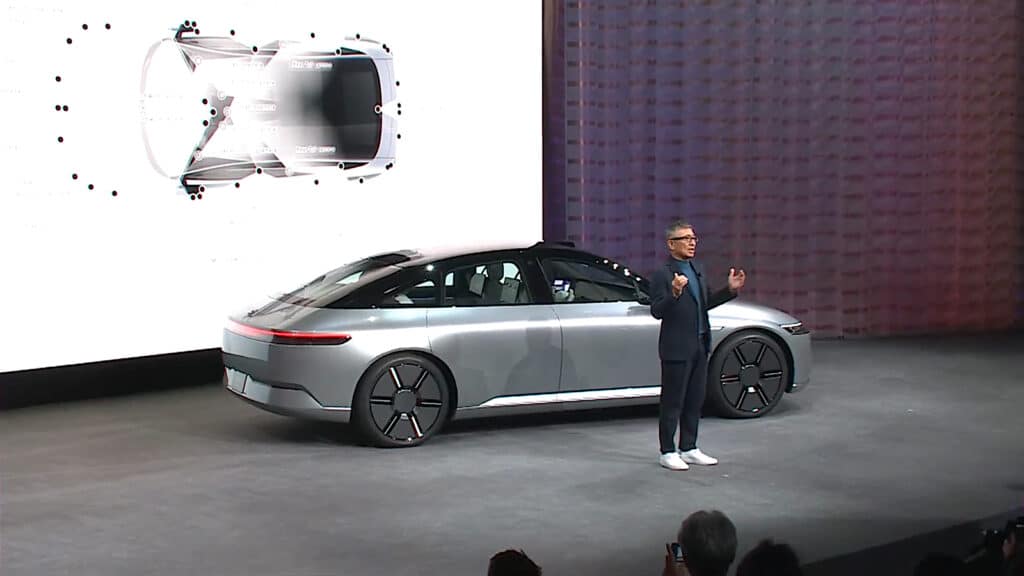
GM isn’t the only partner Honda is pairing up with. It’s readying a $3 billion U.S. battery plant in alliance with South Korea’s LG. And electronics giant Sony formally announced a deal with Honda during the Consumer Electronics Show last January, confirming long-rumored plans to jointly build a new brand of all-electric vehicles.
Dubbed Afeela, the new brand will be loaded with Sony electronics that, the company’s CEO Yasuhiro Mizuno said, will allow its vehicles to sense and interact with occupants. But the EVs will be based on Honda’s new e-Architecture, the platform that the automaker will use for future midsize and larger vehicles.
An impatient CEO
Honda had already begun shifting its EV strategy when, on April 1, 2021, Toshihiro Mibe took over as its new CEO. But the pace of change has rapidly accelerated since then, said Joseph.
“He’s impatient with the way things were done” before he became CEO, said Joseph. “He’s trying to change the culture.”
And that will mean more all-electric models in the Honda line-up. The current strategy calls for 30 to be in production by 2030, 15 of those available in the U.S. market. By that point, said Joseph, all electric models should account for 40% of Honda’s North American sales volume, with a target of 80% by 2035.
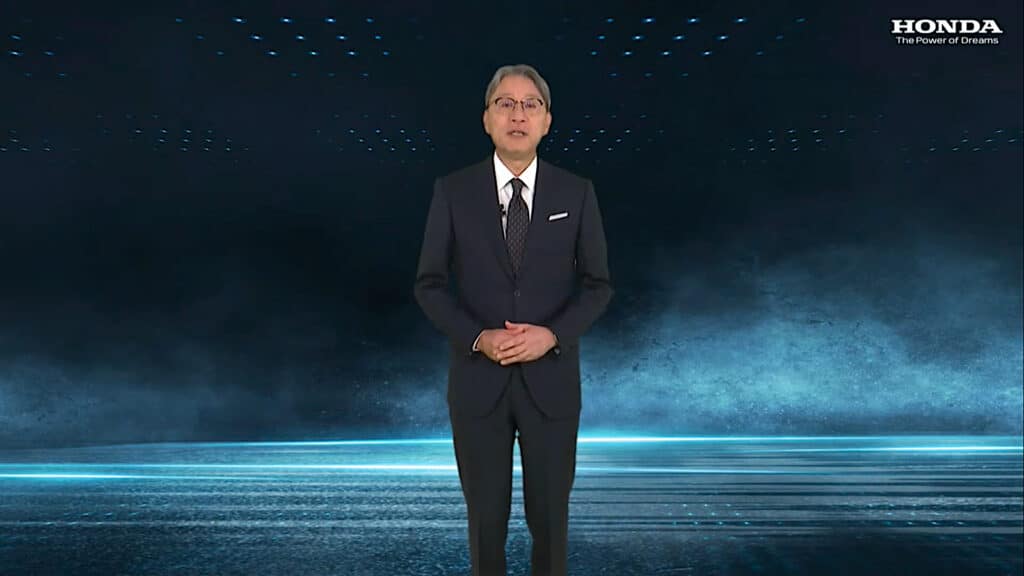
A “pathway,” rather than a “goal”
“The transition to carbon neutrality is our goal,” said the executive, but he stressed that, “Electrification is a pathway,” not the goal itself.
In some ways, Honda’s strategy is more in line with home market archrival Toyota than with its American ally GM. While the U.S. manufacturer’s CEO has outlined a “path to an all-electric future,” the two Japanese automakers remain committed to a mix of technologies. Honda is betting heavily on hybrids and it can point to its sales numbers as justification. Currently, about half of the CR-V and Accord models sold in the U.S. use gas-electric drivetrains.
Hydrogen power
Honda also is betting on fuel-cell technology. It plans to launch a new, hydrogen-powered version of the CR-V next year. From a sales standpoint, Joseph acknowledged, expectations are modest. Like earlier fuel-cell vehicles, or FCVs, the new model will be sold in only a few select regions, primarily California, where motorists will readily be able to fuel up on the lightweight gas.
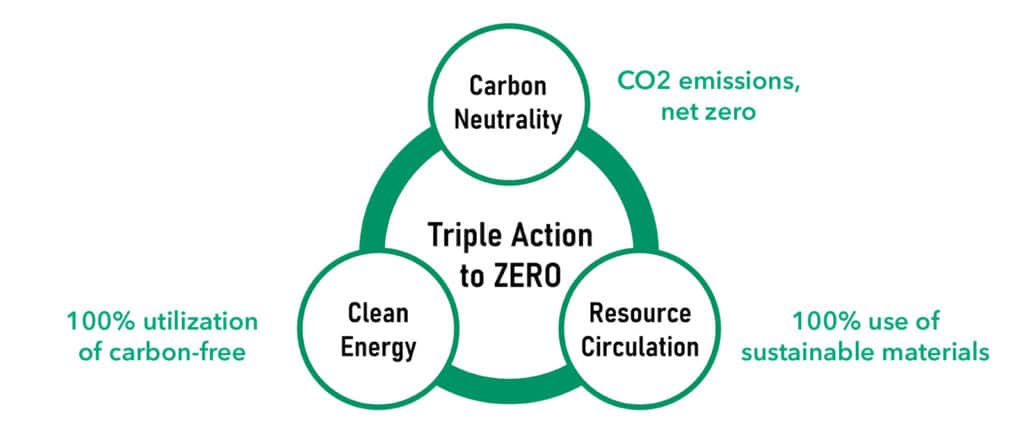
The CR-V fuel-cell vehicle will use hardware produced by the Michigan joint venture. GM already is marketing some of that technology for stationary applications, and Joseph said that’s where Honda sees the biggest opportunity for fuel-cell systems, at least for the near to mid-term. The automaker is one of the largest suppliers of stationary and portable generators and is planning to market 60,000 hydrogen-powered models by the end of the decade.
Circular manufacturing
Whatever technology ultimately comes to dominate, Honda plans to go completely carbon neutral by 2040, said Joseph. That will cover everything it does, including manufacturing, even shipping. The automaker also hopes to sharply reduce its dependence upon raw materials like the lithium, cobalt and nickel used in today’s EV batteries.
Long term, it aims to recycle its vehicles at the end of their useful life, reusing their contents for the next generation of Honda-badged products.
It will take time before Honda can completely adopt the circular manufacturing model, Joseph cautioned. Essentially, it will need to recycle at least as many vehicles as it produces each year. And even with the growing demand for EVs, that likely won’t happen for decades. But the automaker is already taking steps to expand its recycling program to “reach that critical mass (when) we should be able to make new batteries out of old ones.”

